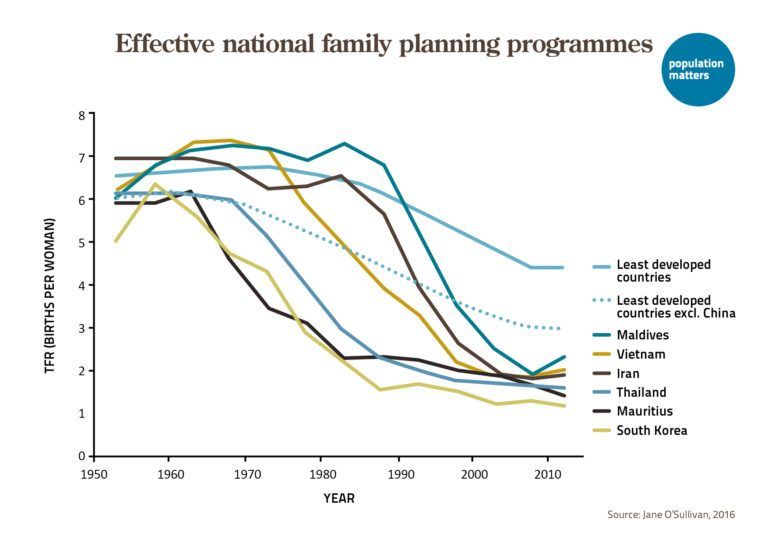Uncover the truth about humanity’s footprint and the population growth problems facing communities around the world. Find out what it takes to be truly sustainable, challenge your thinking about population’s role in climate change and other environmental crises, and get the latest research on what truly can reduce your footprint in the research we’ve gathered below.
World population growth has been enabled by our robust supply of energy that fuels a prodigious amount of resource extraction and waste production.
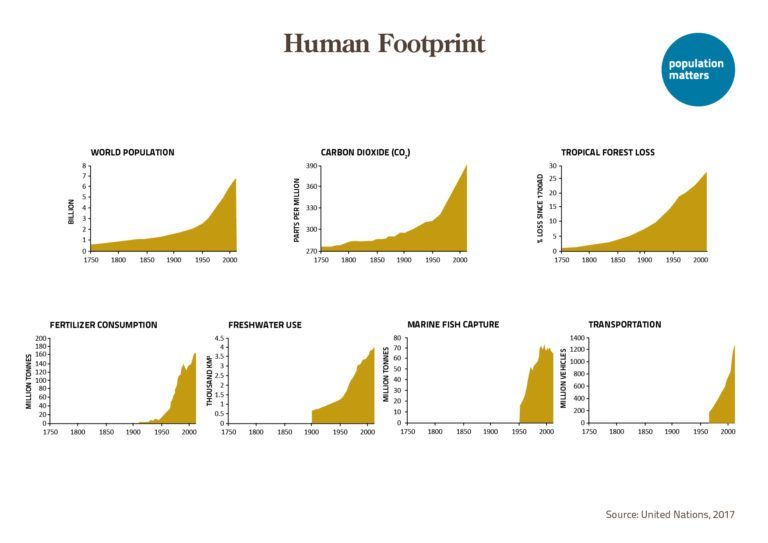
Humanity consumes resources and emits wastes faster than the earth can renew or absorb them each year. We would need an earth 70% larger to manage the carrying capacity for almost 8 billion people.
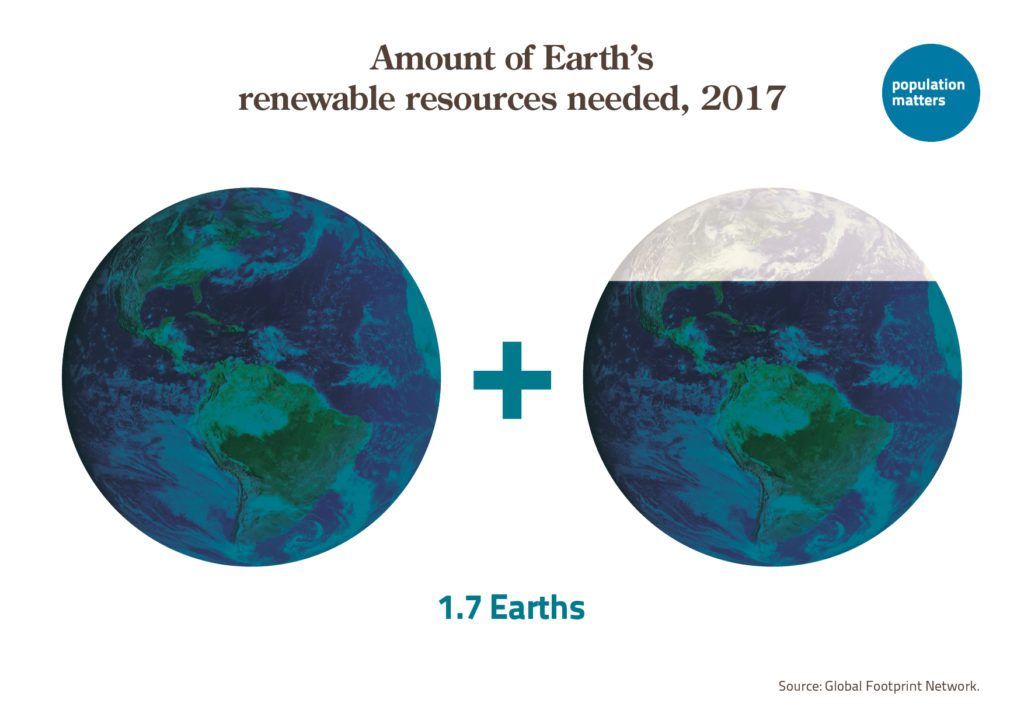
Humanity has become so effective at countering disease outbreaks, fluctuating food and water supplies, and nature’s attempts at controlling our rising numbers that we have exploded across the globe. In the process, we have eradicated much of the wild plant and animal life that once inhabited our lands.
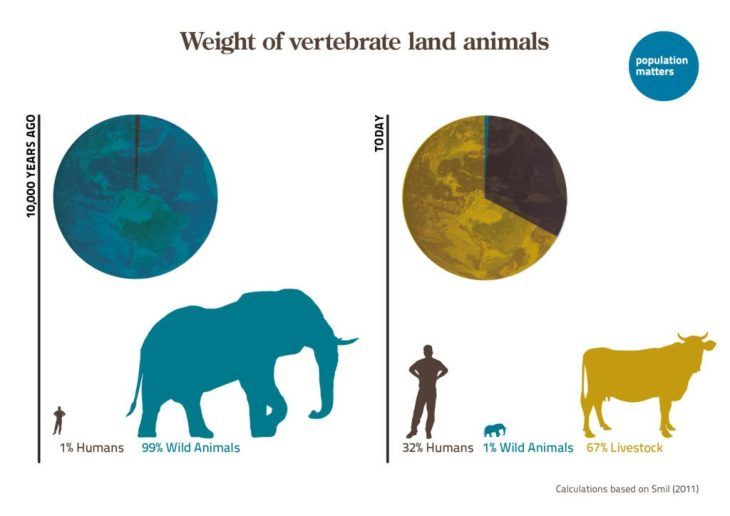
With Eighty million people added to the planet each year all wanting the advantages and benefits that inexpensive and powerful fossil energy provides, fossil energy use and CO2 emissions in the atmosphere keep rising despite 50 years of addressing the issue.
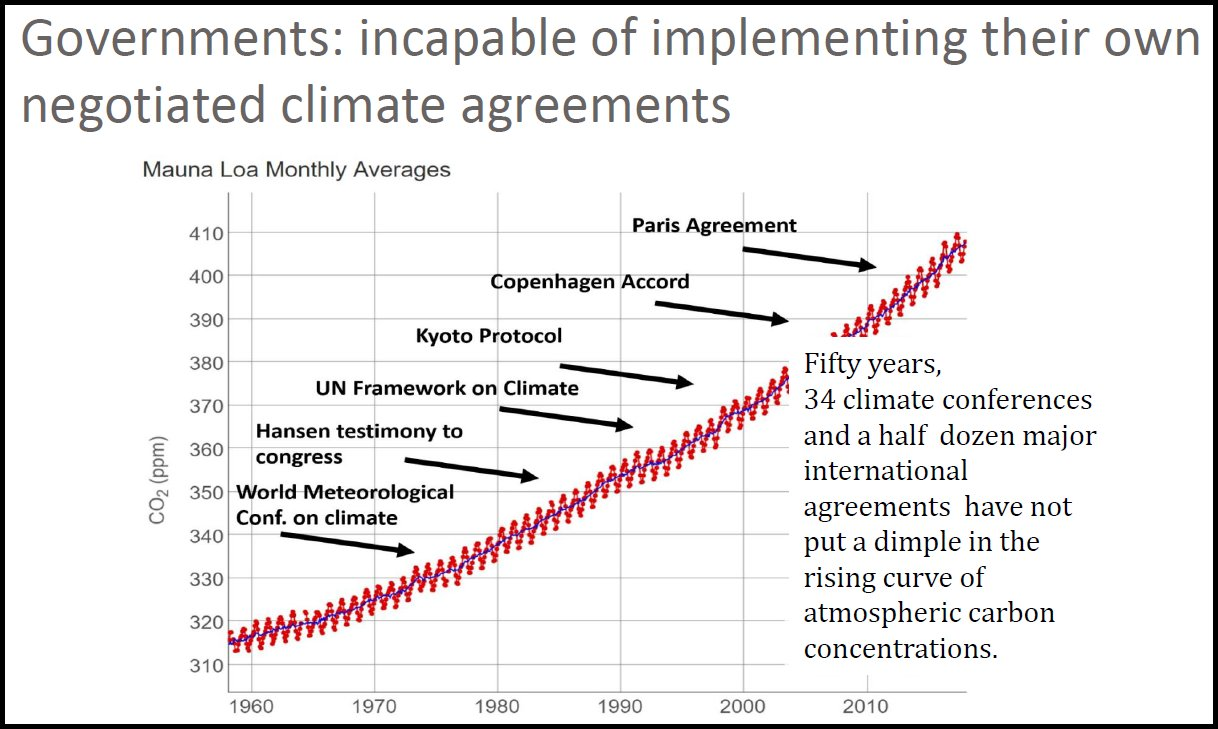
There are numerous ways to reduce our human carbon footprint. The most powerful personal green strategy, by far, is having fewer children. The most effective national and global strategy for governments to fix the climate is promoting a culture of small families.
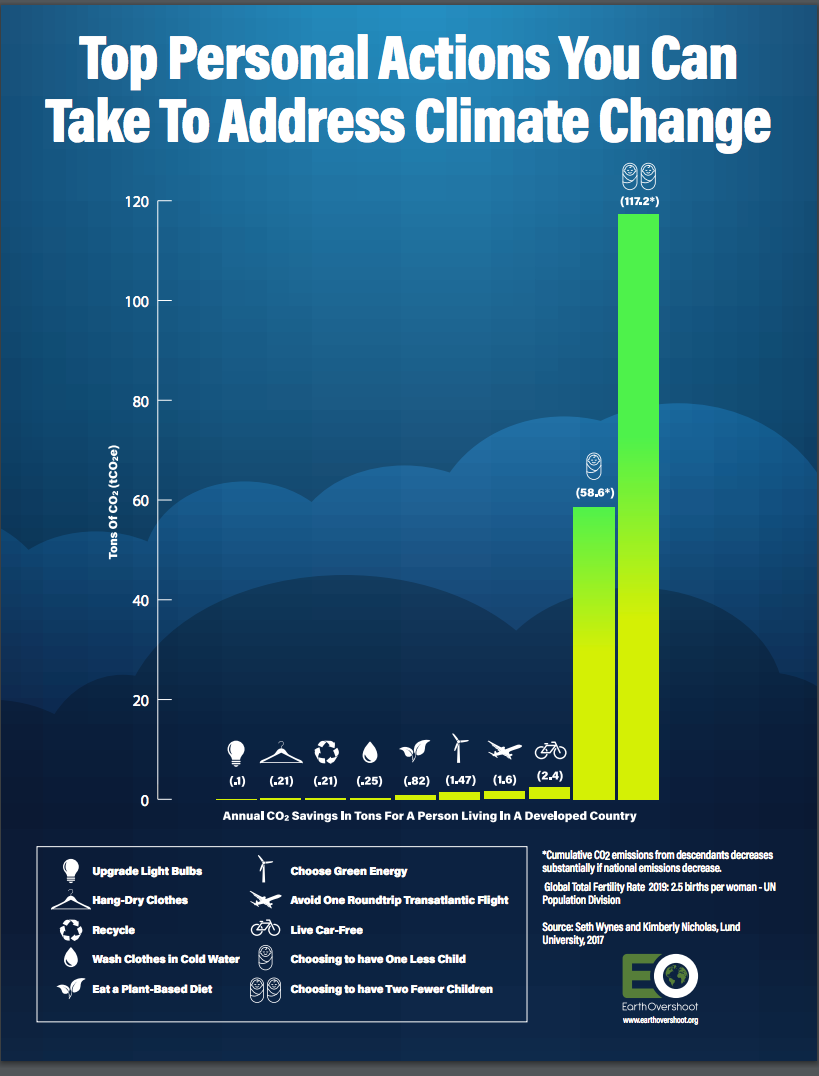
There are many governments that have done marvelous jobs at reducing their populations through intentional campaigns to promote small families in a human rights context and voluntarily. Addressing population is a win-win proposition for countries. When fertility rates decline, maternal and child health improve. Food security increases. Poverty decreases. Savings and investments increase. Education and economic opportunities expand and nature and the environment actually begin to heal and flourish.
